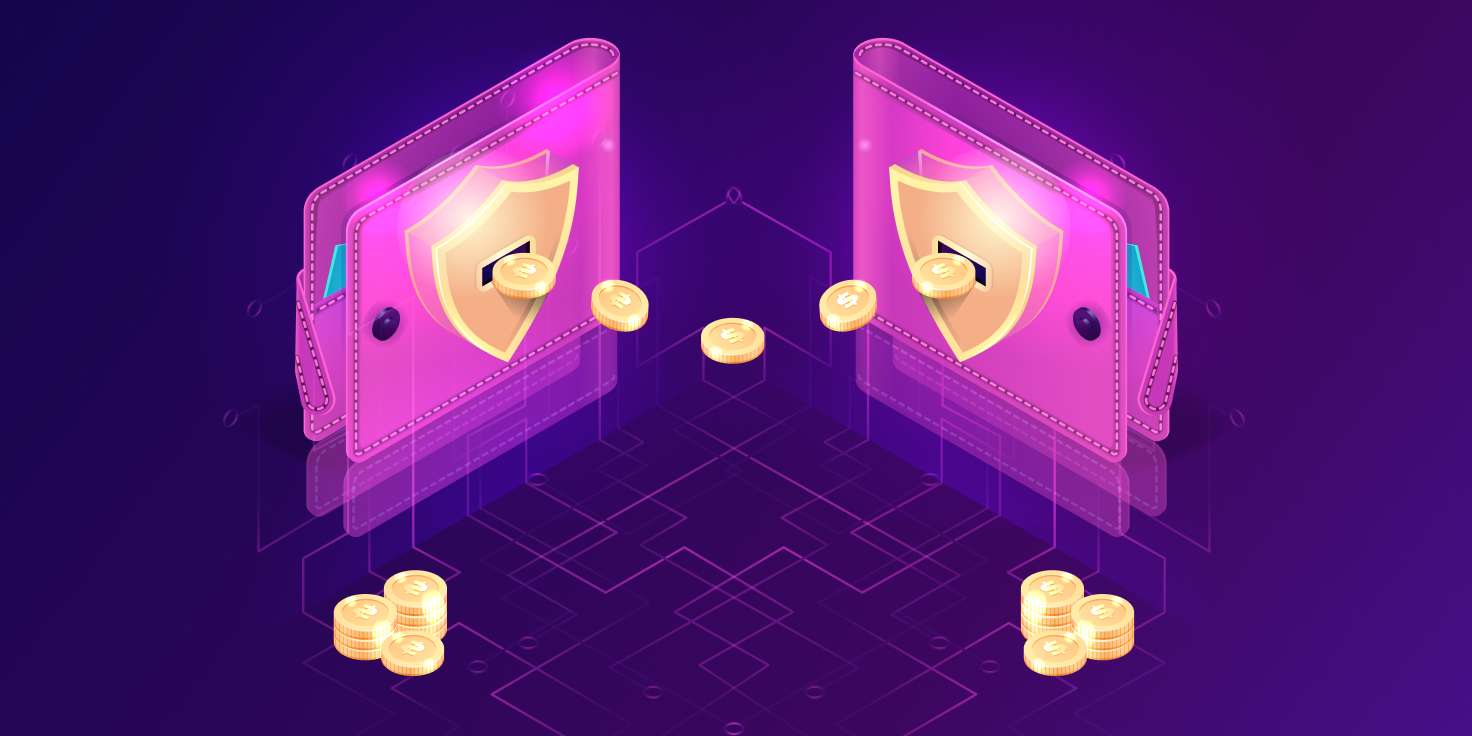How It Differs From Non-Custodial Wallets
- Custodial wallet: The provider manages the private key, performs recoveries, and ensures compliance.
- Non-custodial wallet: The user retains full control of private keys and bears complete responsibility for security.
While non-custodial wallets suit privacy-focused users, custodial wallets appeal to enterprises, institutions, and mainstream users seeking convenience and accountability.

 Blockchain Application Development
Blockchain Application Development
 Fintech Blockchain App Development
Fintech Blockchain App Development
 Hyperledger Application Development
Hyperledger Application Development
 STO Development Services Company
STO Development Services Company
 Exchange Development
Exchange Development
 Cryptocurrency Wallet Development
Cryptocurrency Wallet Development






